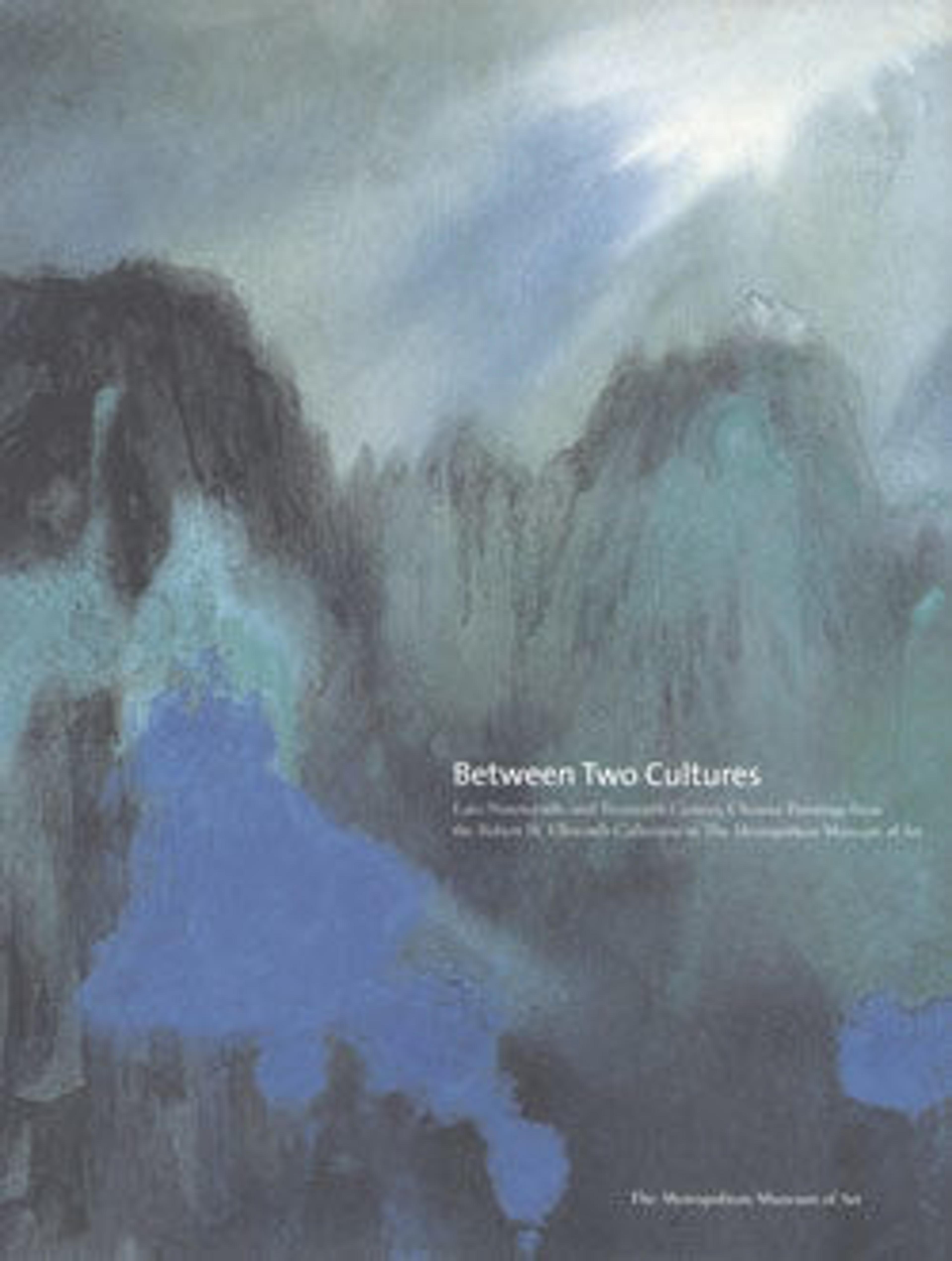Bird on a Rock by a Flowering Branch
Ren Xun painted this delicate fan in Suzhou, where he spent a good part of his artistic career before going to Shanghai. This work draws upon the highly representational style of the Southern Song (1127–1279) Imperial Painting Academy, merging exquisite drawing in fine contour lines with meticulously graded colored washes in a highly naturalistic image of great charm. The painting reflects Ren's keen observation of nature: a tiny bird, perched on one foot on an ornamental garden rock, bends its head to meet its uplifted foot, using wings and tail to maintain balance. Compared to his Song academic predecessors, Ren Xun brings his image closer to the viewer, cropping the bird's tail and the tree trunk, giving his picture immediacy and impact.
Artwork Details
- 清 任薰 海棠小鳥 扇面
- Title:Bird on a Rock by a Flowering Branch
- Artist:Ren Xun (Chinese, 1835–1893)
- Period:Qing dynasty (1644–1911)
- Date:dated 1879
- Culture:China
- Medium:Folding fan mounted as an album leaf; ink and color on alum paper
- Dimensions:7 x 20 7/8 in. (17.8 x 53.0 cm)
- Classification:Paintings
- Credit Line:Gift of Robert Hatfield Ellsworth, in memory of La Ferne Hatfield Ellsworth, 1986
- Object Number:1986.267.46
- Curatorial Department: Asian Art
More Artwork
Research Resources
The Met provides unparalleled resources for research and welcomes an international community of students and scholars. The Met's Open Access API is where creators and researchers can connect to the The Met collection. Open Access data and public domain images are available for unrestricted commercial and noncommercial use without permission or fee.
To request images under copyright and other restrictions, please use this Image Request form.
Feedback
We continue to research and examine historical and cultural context for objects in The Met collection. If you have comments or questions about this object record, please contact us using the form below. The Museum looks forward to receiving your comments.
